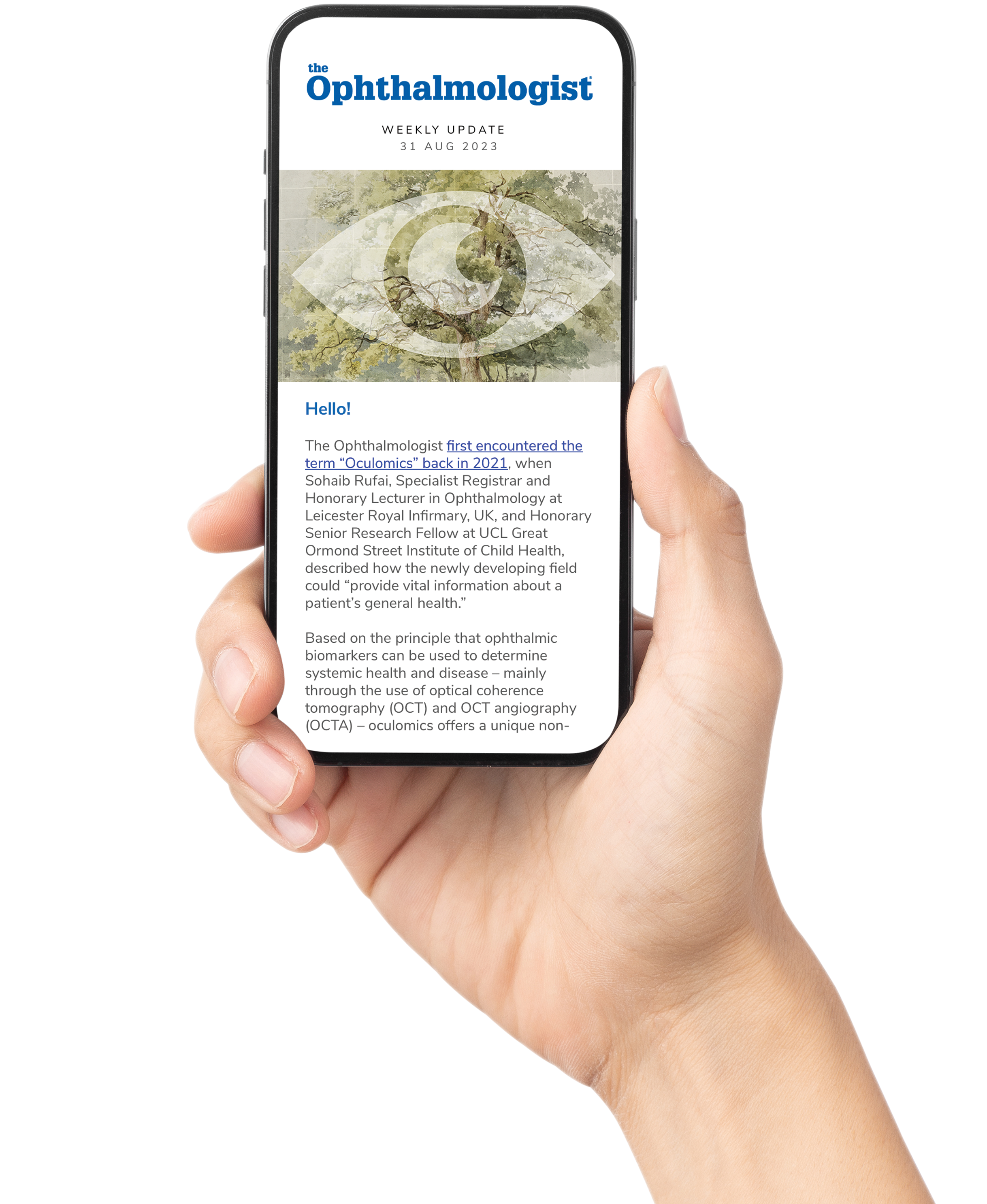
Credit: AdobeStock.com
A new narrative review published in Ophthalmology and Therapy has explored the role of subretinal fluid (SRF) and intraretinal fluid (IRF) in the treatment of neovascular age-related macular degeneration (nAMD). Traditionally, anti-VEGF therapy aims to eliminate all retinal fluid; however, this multi-institutional study questions whether complete resolution is always necessary to achieve optimal patient outcomes.
The review highlights a critical distinction between IRF and SRF. IRF, the authors note, is strongly associated with poor visual outcomes, an increased risk of macular atrophy and fibrosis, and should be targeted aggressively with treatment. On the other hand, SRF presents a more complex scenario. While large amounts of SRF may still require treatment, mild SRF (up to 150–200 µm thick) appears to have minimal impact on vision, and could even protect against macular atrophy and fibrosis progression.
The study suggests that tolerating mild SRF could reduce the treatment burden for patients and lessen the risks associated with frequent anti-VEGF injections, such as choriocapillaris degeneration. The FLUID trial findings from 2019 support this approach, showing that patients with controlled SRF had similar visual outcomes to those with complete fluid resolution, and so suggesting that strict fluid elimination may not always be necessary.
Additionally, distinguishing SRF from other retinal abnormalities observed in optical coherence tomography (OCT) images, such as subretinal pseudocysts or outer retinal tubulation, is crucial for avoiding overtreatment. Advanced OCT imaging and AI-driven fluid monitoring are emerging as important tools in refining these treatment strategies.
This review underscores the need for personalized treatment plans in nAMD management. Rather than adopting a one-size-fits-all approach, ophthalmologists should consider fluid type, volume, and distribution when determining treatment frequency, as patients with persistent, low-level SRF – but no IRF – may benefit from extended treatment intervals, reducing both healthcare burden and patient discomfort.
Further studies are required, the authors say, to establish the long-term effects of residual SRF on disease progression. A “well-defined algorithm aligning to the recommendations given in this paper,” aided by AI that could help to identify and quantify retinal fluid types, could optimize patient outcomes with different retinal fluid types.
